In the whirlwind of renovation trends, many homeowners find themselves dazzled by Pinterest boards and Instagram snapshots. The allure of being on-trend is irresistible, yet these fleeting fads often leave us with regret rather than satisfaction.
From high-maintenance styles to rapidly dating aesthetics, certain trends end up causing headaches instead of harmony. This isn’t about shaming choices; it’s about making informed decisions that withstand the test of time. Let’s explore 24 renovation missteps that, while initially appealing, might just do more harm than good.
1. The All-White Kitchen Obsession
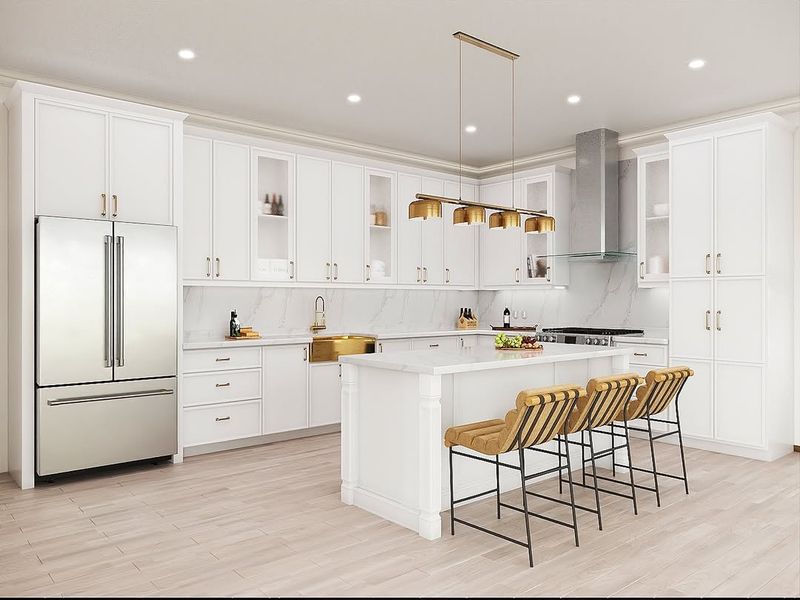
Crisp, clean… and impossible to keep that way. The dream? A pristine, magazine-worthy kitchen. The reality? Fingerprints on every cabinet, scuffs on white floors, and a paranoia-inducing fear of red wine spills. White is timeless, but an all-white kitchen? Not so much.
2. Barn Doors Where They Don’t Belong
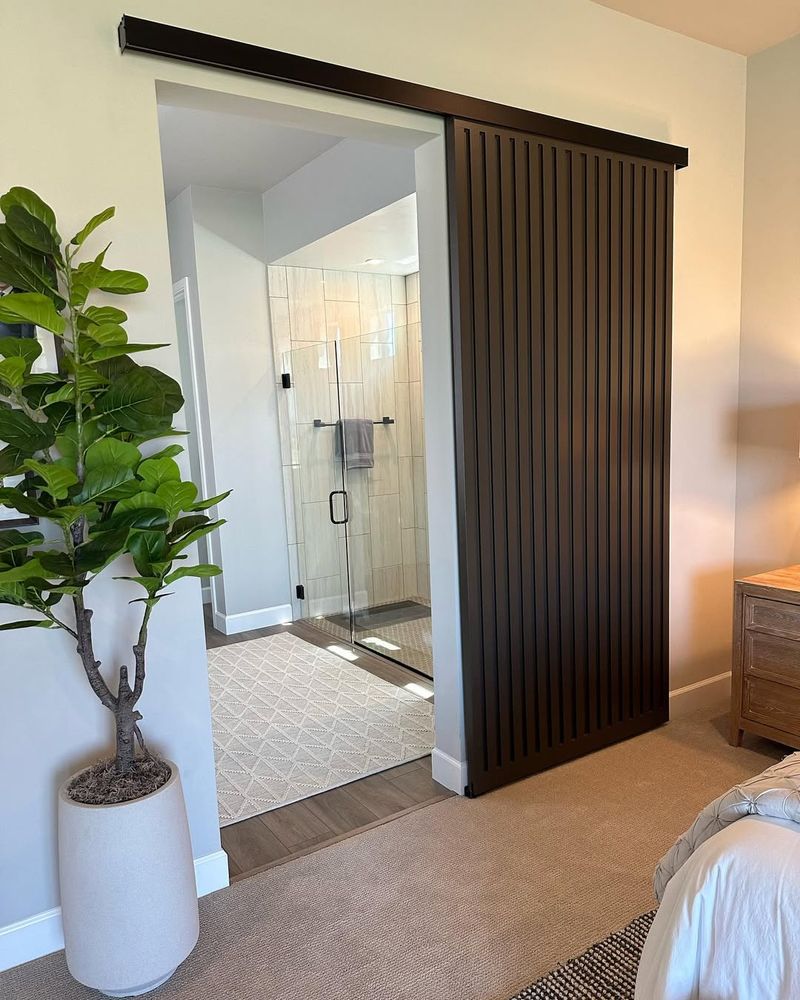
Charming in theory, clunky in practice. The rustic barn door trend has outstayed its welcome—especially when used as a bathroom door (privacy? What privacy?). They don’t seal properly, they’re noisy, and in modern homes, they often feel wildly out of place.
3. The No-Bathtub Trend
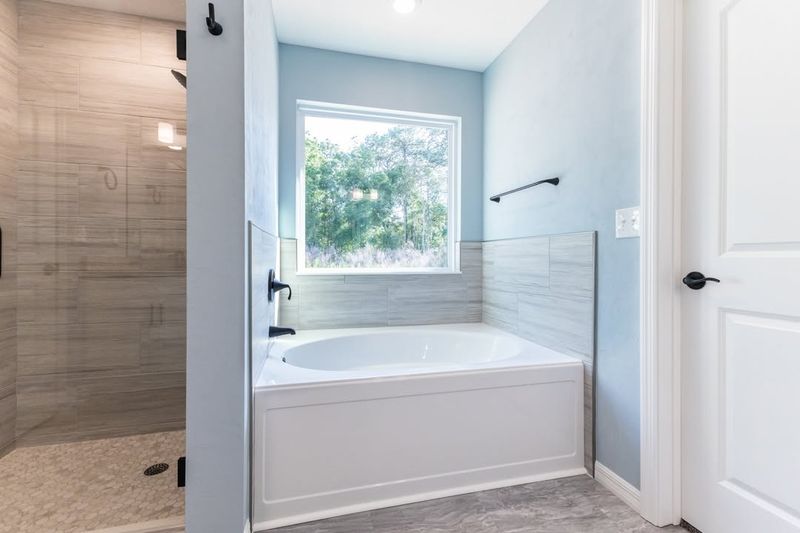
Designers love sleek, spa-like showers. But future buyers? They still want a bathtub—especially families with kids. Ditching the tub altogether can hurt resale value and take away one of life’s great simple luxuries: a good soak.
4. The Dark, Moody Room Trend
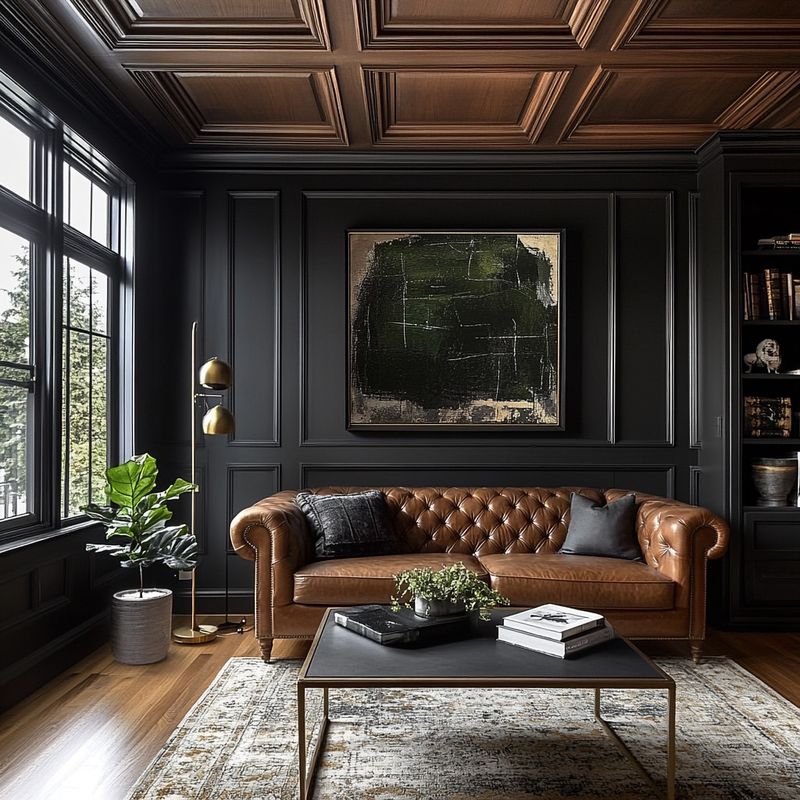
Charcoal walls, black cabinetry, deep jewel tones—it looks dramatic on Instagram, but in reality? It can make a space feel like a cave. If natural light is limited, these dark hues can suck the life out of a room faster than a bad paint job.
5. Fake ‘Reclaimed’ Wood Everywhere
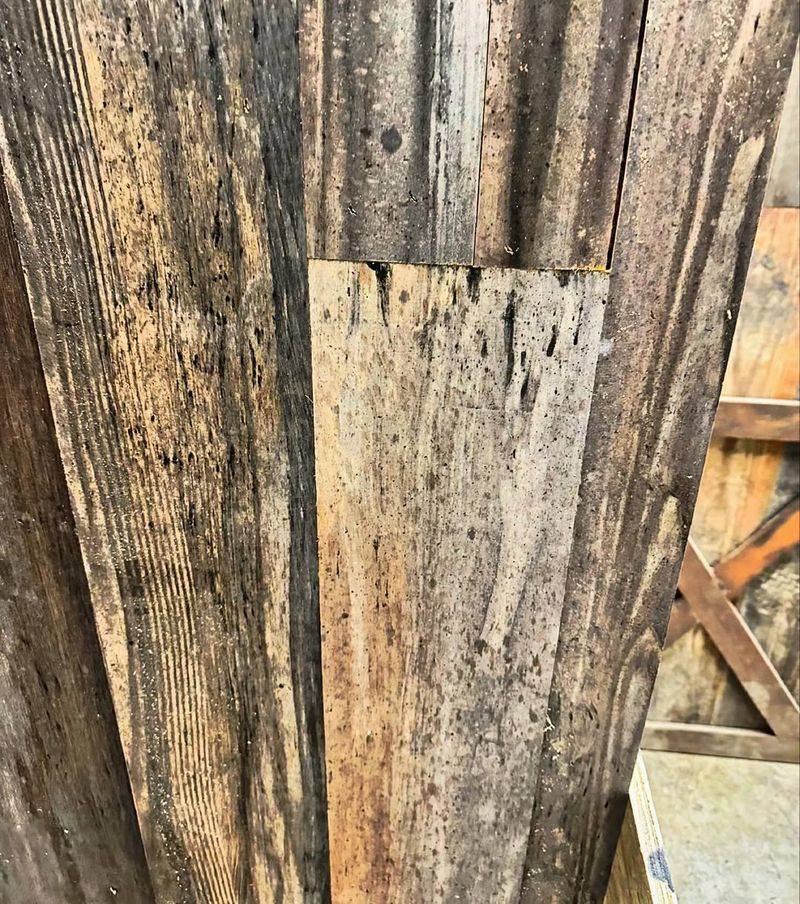
There’s something special about real, aged wood with a history. But mass-produced ‘reclaimed’ wood? Often just overpriced planks with artificial distressing. The charm disappears when every new-build suburban home has identical ‘rustic’ beams.
6. Harsh Recessed Lighting Overload
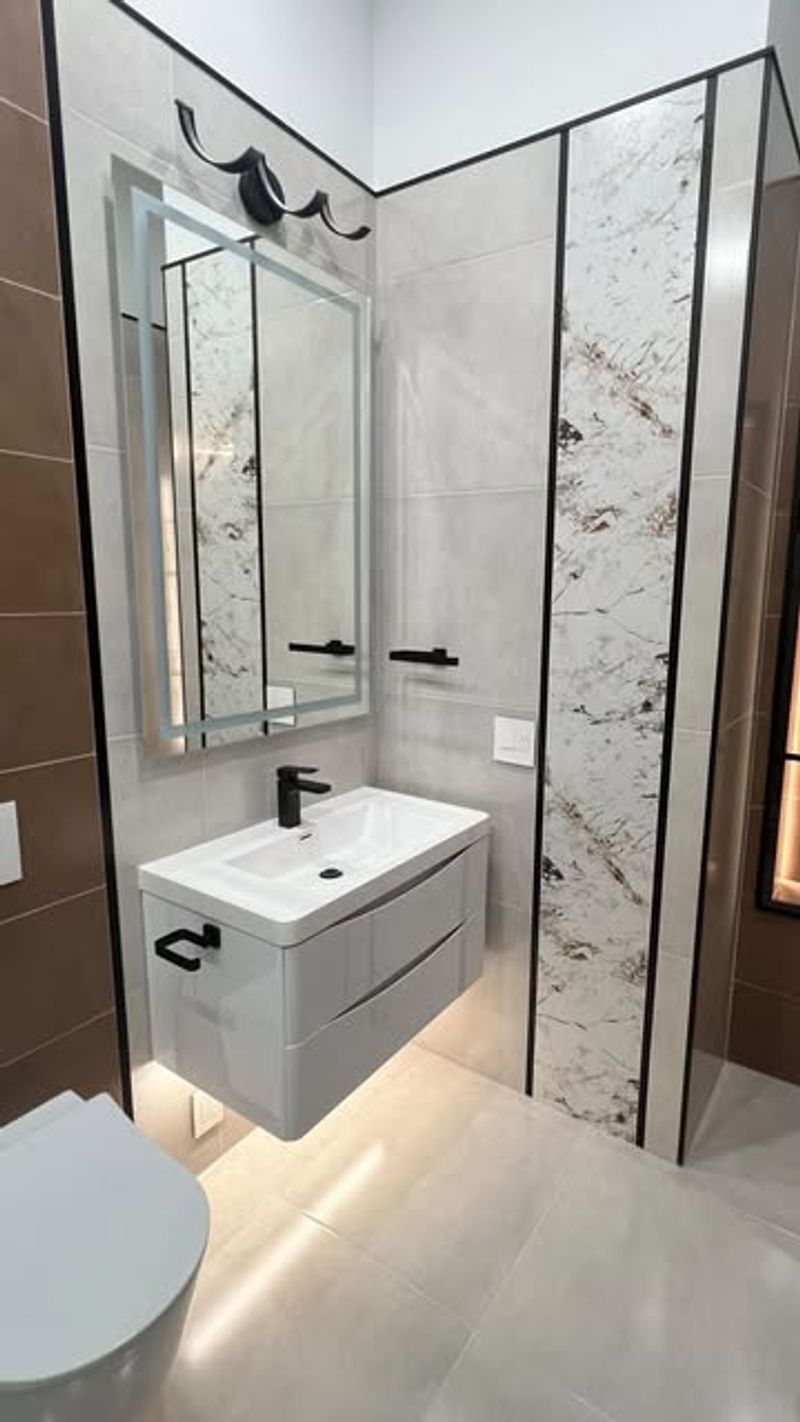
A ceiling packed with recessed lights might make a room bright—but it can also make it feel like a department store. Good lighting is layered, warm, and inviting. Overdoing recessed lights creates a space that’s flat, harsh, and lacks depth.
7. Open Shelving in Kitchens
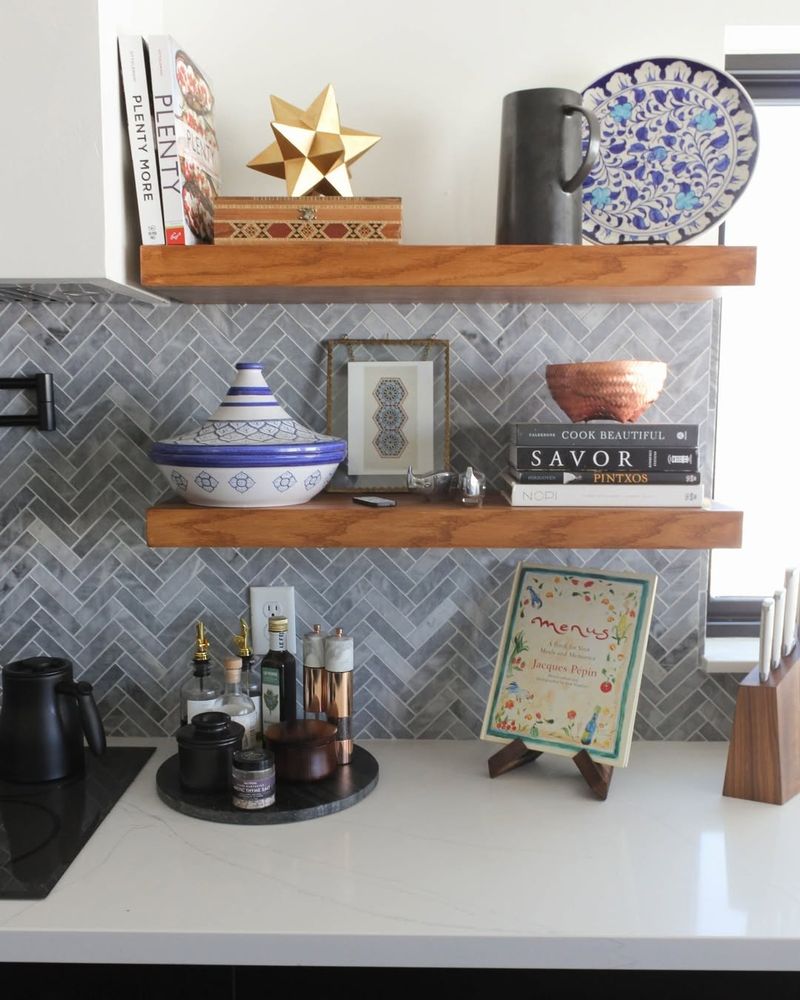
It looks effortlessly stylish… until you realize you have to curate every shelf like a museum exhibit. If you’re not a minimalist (or a professional stylist), open shelving can make a kitchen look cluttered and chaotic instead of chic.
8. DIY Shiplap Everywhere
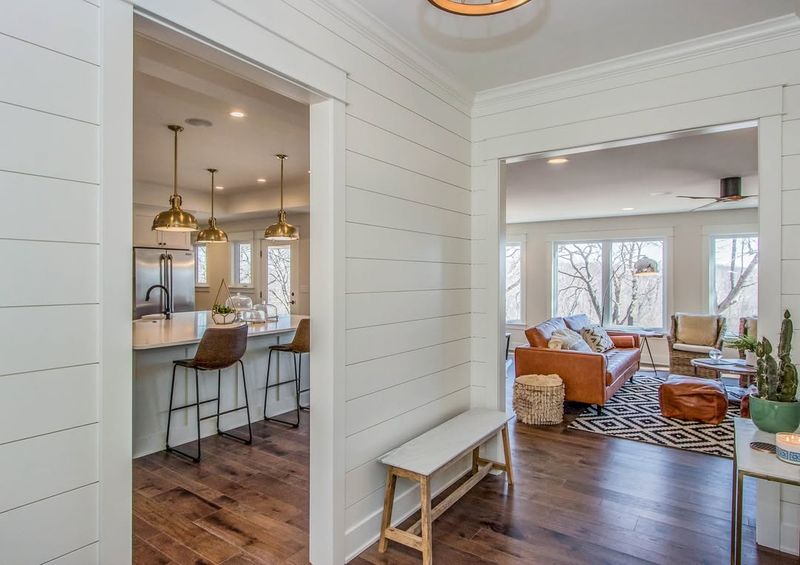
Once upon a time, it was fresh and charming. Now, shiplap has been so overused in renovations that it’s starting to feel like the fast-fashion of home design—everywhere today, outdated tomorrow.
9. Ultra-Modern Minimalism in Family Homes
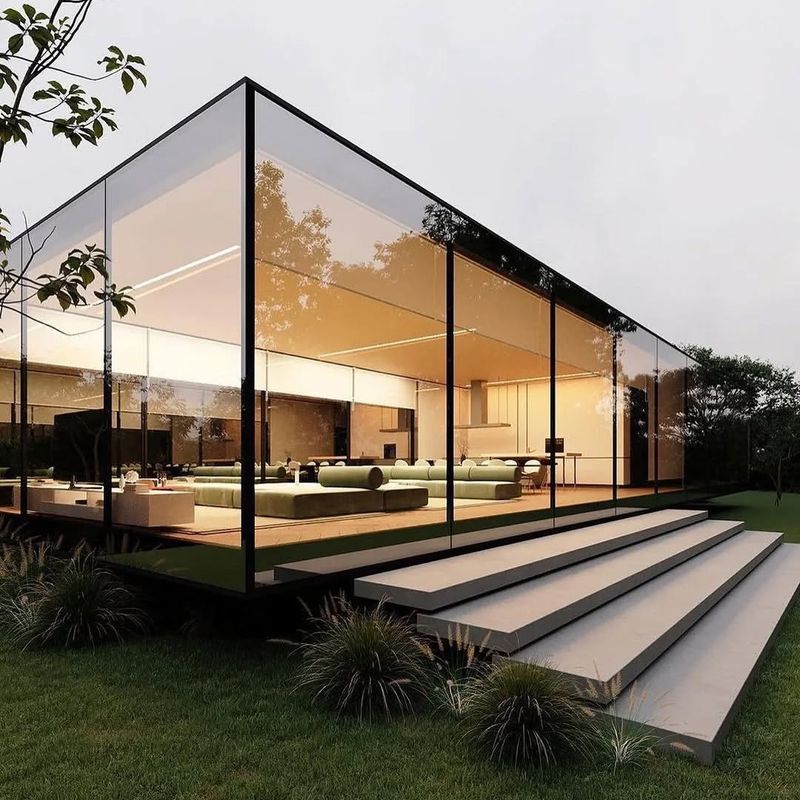
Crisp white walls, floating shelves, furniture so streamlined it looks like no one actually lives there—great for an art gallery, less great for a home filled with kids, pets, and real life. Minimalism should feel inviting, not sterile.
10. Built-In Platform Beds
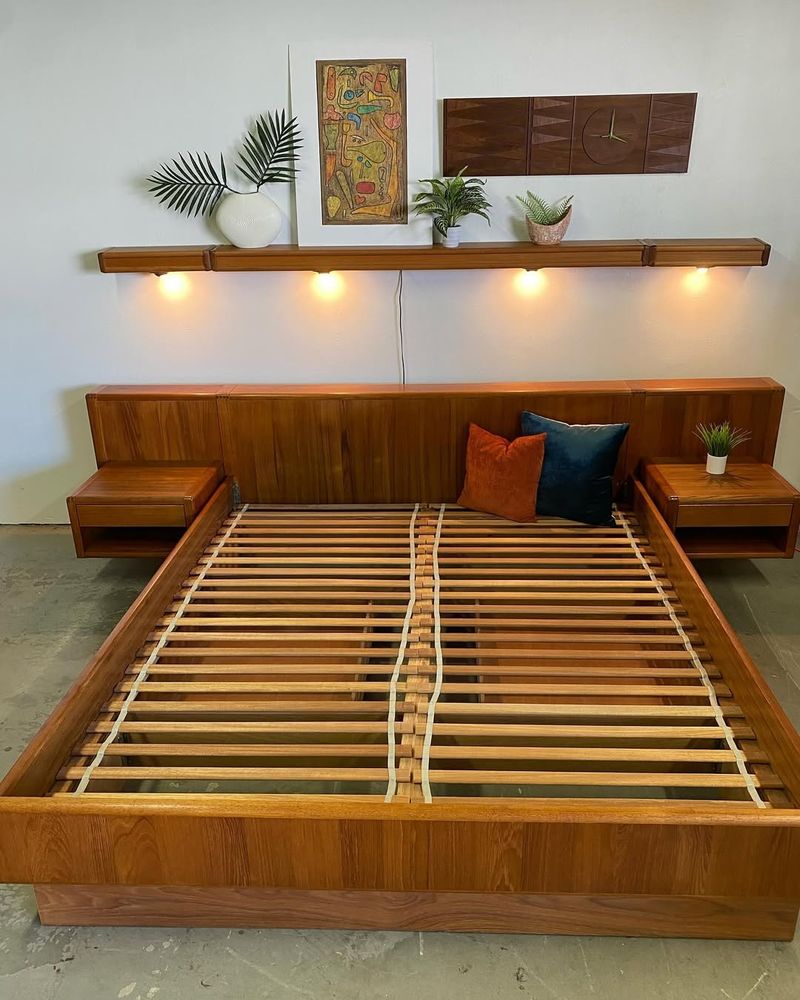
Custom platform beds look sleek, but what happens when you want to swap it out? Unlike a regular bed frame, a built-in one locks you into a style, a mattress size, and a design trend that may not age well.
11. Overuse of Industrial Elements
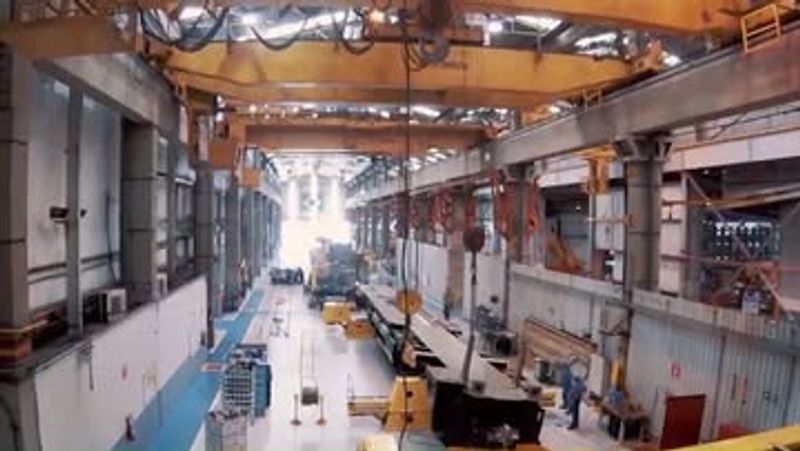
Industrial design brought a raw, chic vibe to interiors, but overdo it, and your home can feel like a warehouse. Exposed ducts and metal fixtures might look trendy, yet they can make spaces feel uninviting and cold, rather than cozy and warm.
12. Unnecessary Accent Walls
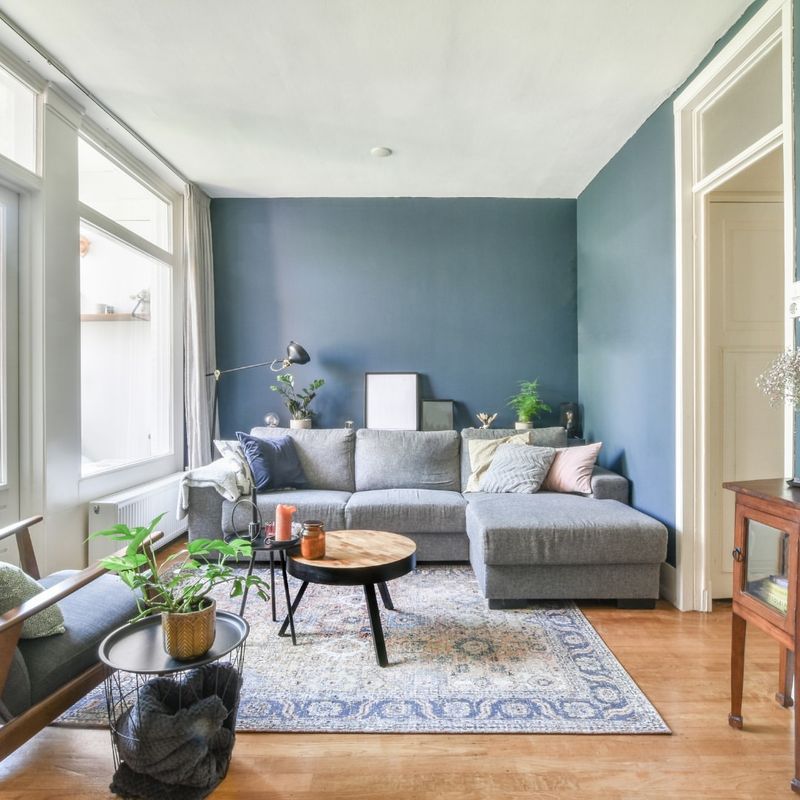
Accent walls aim to add interest, but unnecessary ones can disrupt the flow of a room. If the color doesn’t complement the space, it stands out in all the wrong ways. A bold accent can quickly become an eyesore if not thoughtfully integrated into the design.
13. Overly Themed Rooms
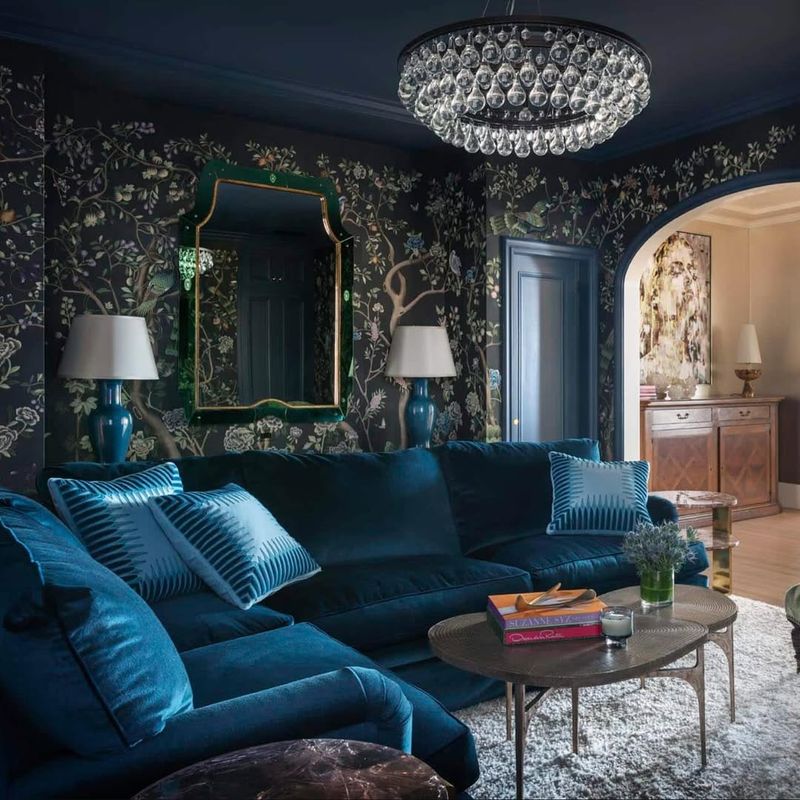
Themes can add fun and personality, yet an overly themed room often feels forced and kitschy. Nautical or jungle themes can be overwhelming, turning a space into a caricature rather than a relaxing retreat. Balance is key to avoiding the theme park effect.
14. Excessive Use of Gray

Gray might be the new neutral, yet too much can drain life from a space. An excessive palette of grays risks making a home feel drab and uninspired. Injecting color and warmth prevents spaces from feeling stark and lifeless.
15. Floating Vanities
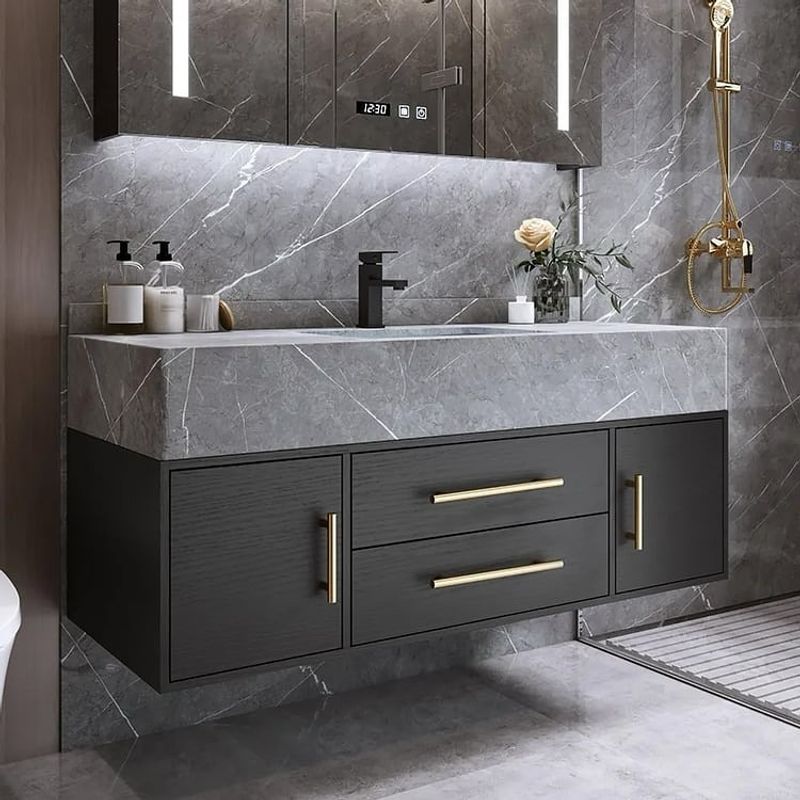
Floating vanities offer a sleek, modern look but often lack practicality. They can leave room for clutter underneath, making cleaning a challenge. Without proper planning, they may sacrifice needed storage space, leading to more frustration than elegance.
16. Open Floor Plans Without Definition
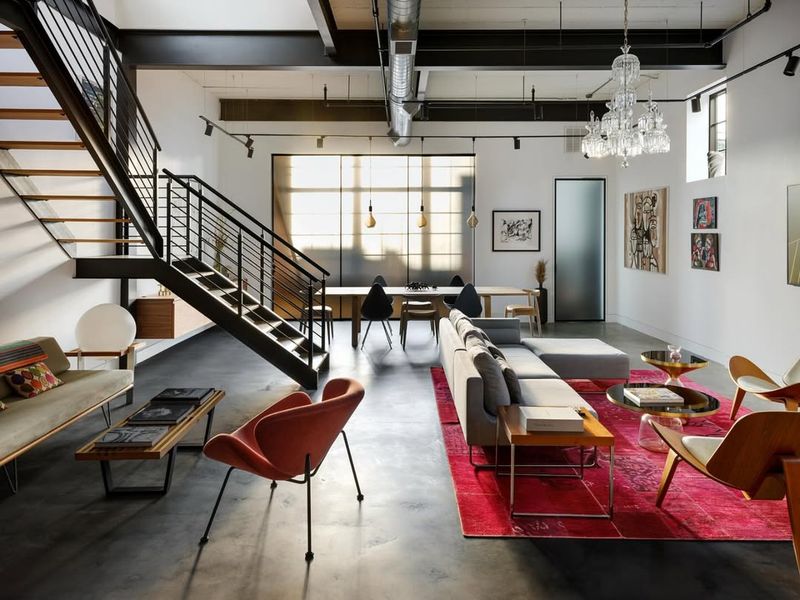
Open floor plans can feel spacious, yet without clear zones, they often become chaotic. Defining areas with furniture or rugs helps create order and intimacy. Without this, spaces may lose functionality and coziness, becoming overwhelming and disjointed.
17. Trendy Tile Patterns
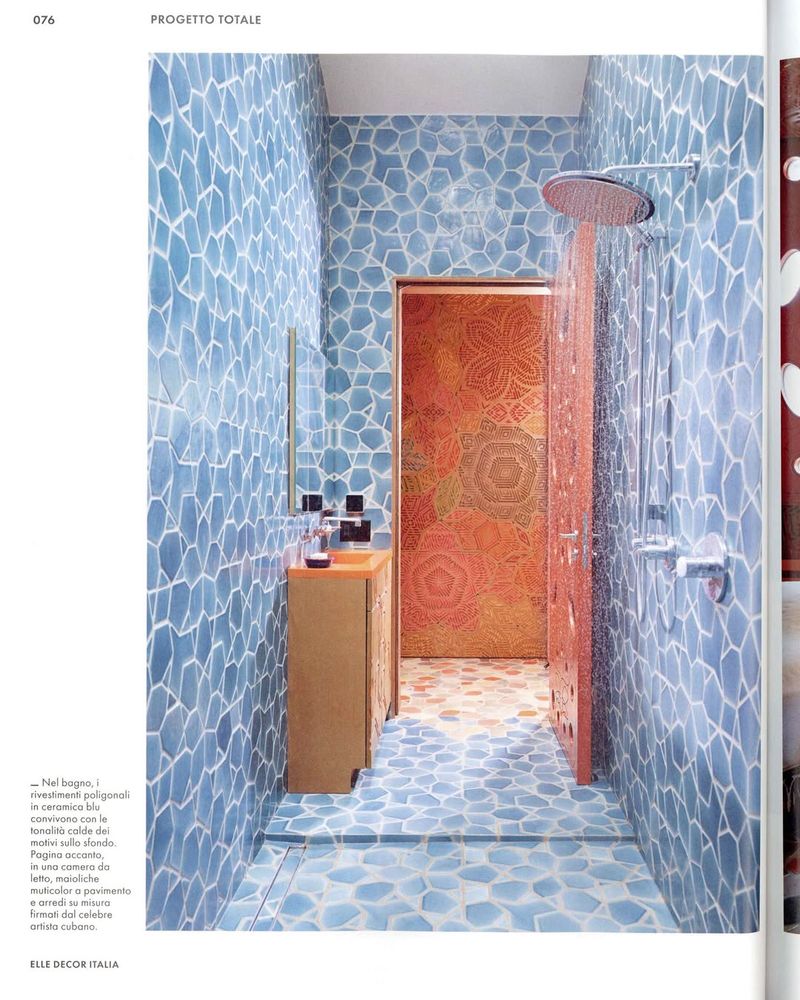
Bold tile patterns can make a statement, but trends change quickly. What looks fresh today might feel dated in a few years. Choosing classic designs ensures longevity and appeal, preventing the need for frequent and costly updates.
18. Over-Decorated Ceilings
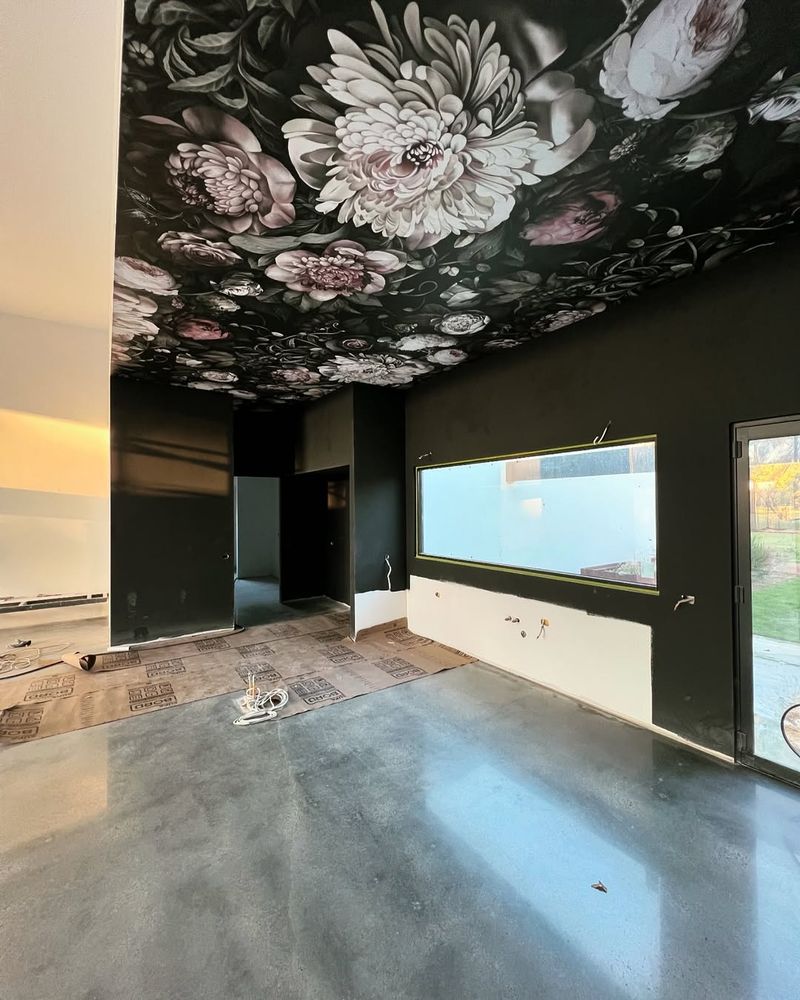
Ceilings often get overlooked, but over-decorating them can disrupt balance. Intricate designs can clash with simpler decor, drawing attention in an unwanted way. Keeping ceilings simple and harmonious with the room maintains elegance and focus.
19. Mismatch of Architectural Styles
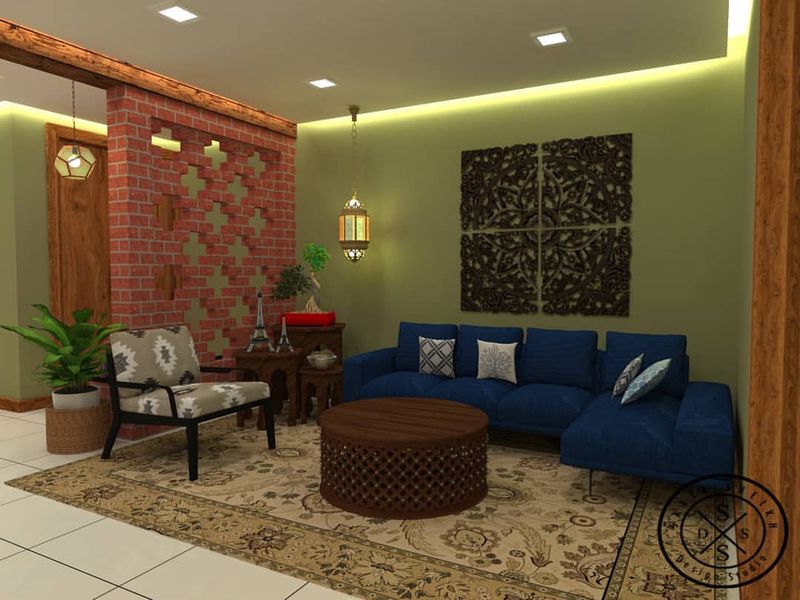
Mixing architectural styles can create visual interest, but too much contrast leads to confusion. A mishmash exterior can look disjointed and uncoordinated, affecting curb appeal. Consistency and subtle blending of styles preserve beauty and coherence.
20. Fake Finishes and Materials
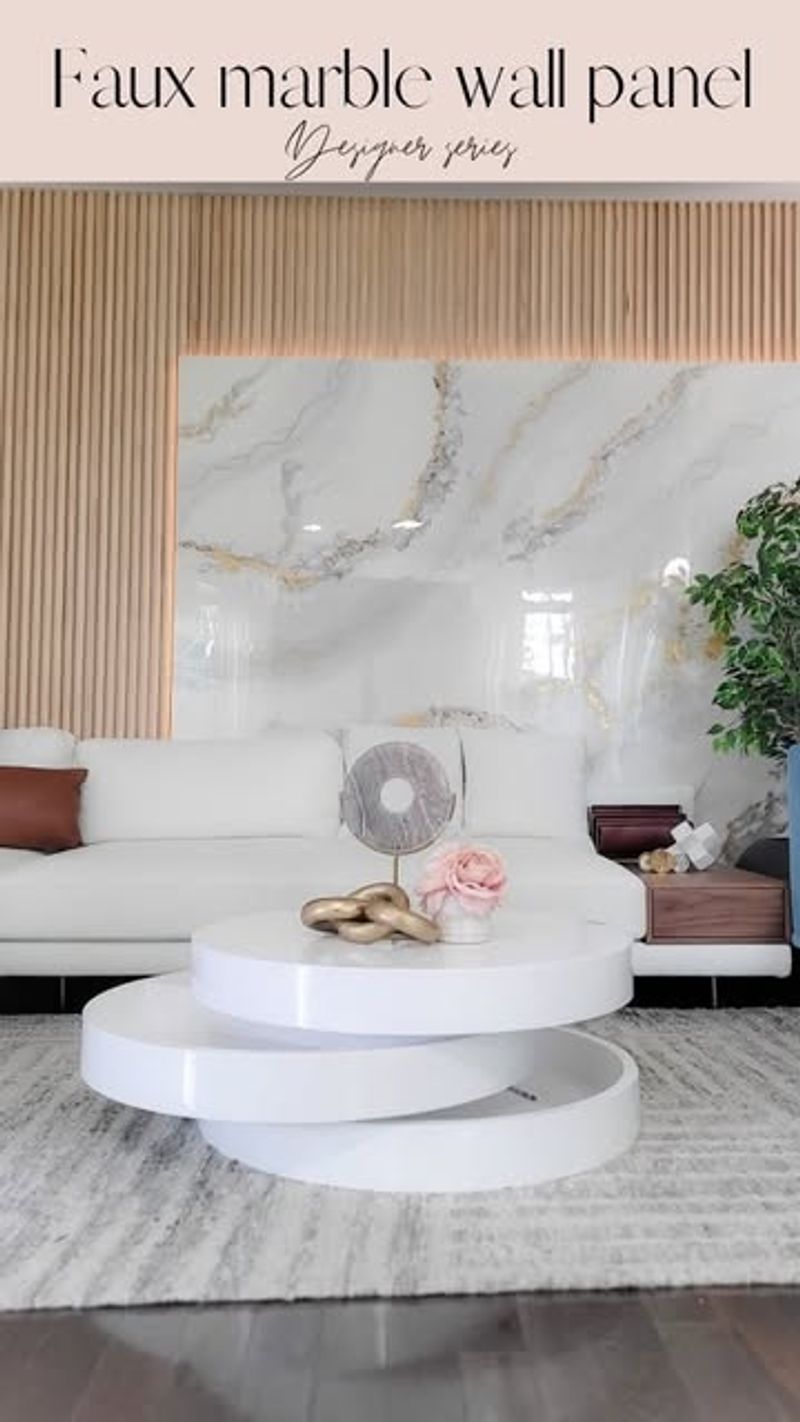
Faux materials can offer budget-friendly alternatives, but they often lack the depth and authenticity of real finishes. Inauthentic materials may feel cheap and fail to age gracefully, detracting from the overall aesthetic and value of a home.
21. Oversized Furniture in Small Spaces
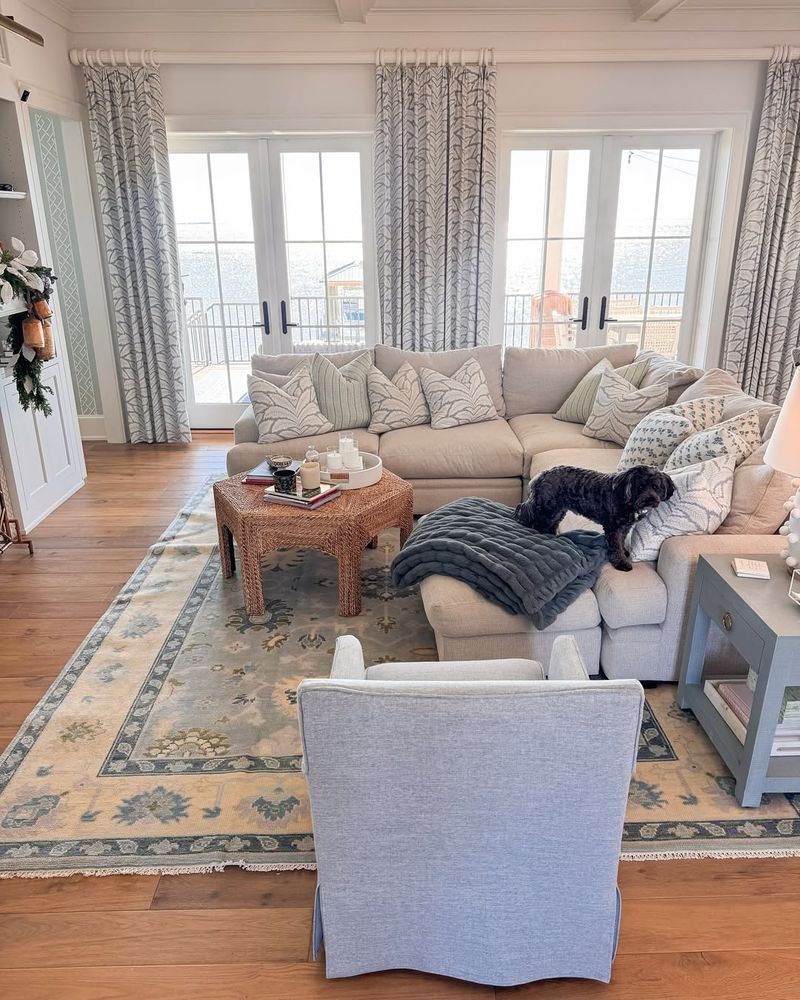
Large, plush furniture pieces offer comfort but can overwhelm small spaces. They limit movement and make rooms feel cramped. Choosing appropriately sized furniture maintains flow and functionality, ensuring spaces feel open and welcoming instead of constrained.
22. Overuse of Mirrors
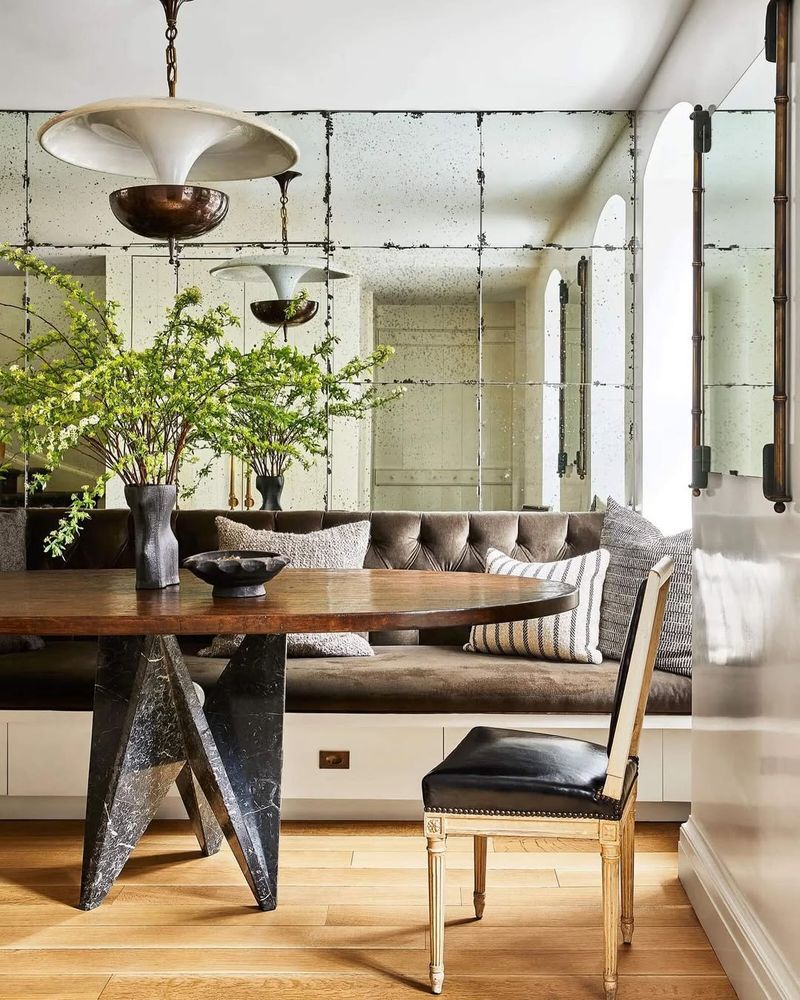
Mirrors can open up spaces and add light, but too many create a house of mirrors effect. Reflecting clutter and chaos disrupts harmony instead of enhancing it. Thoughtful placement is key to achieving balance and sophistication in mirrored decor.
23. Uninspired Landscaping
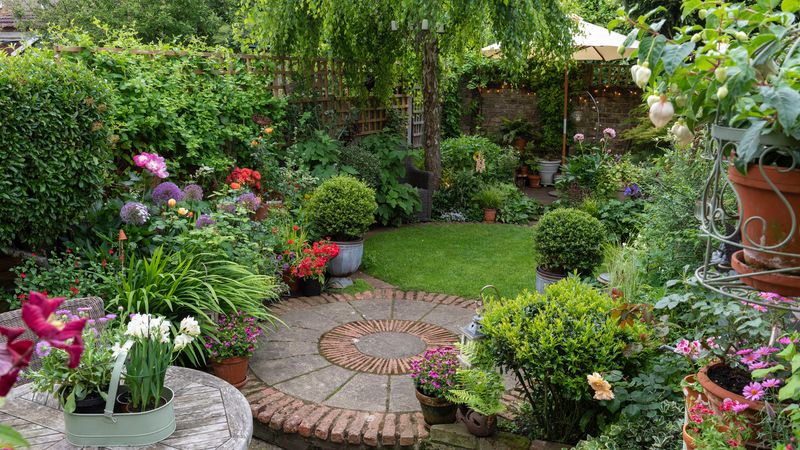
Landscaping frames and defines your home’s exterior. Yet uninspired layouts lack character and curb appeal. A thoughtful mix of plants and structures brings life and vibrancy. Investing in creative landscaping enhances the overall beauty and value of a property.
24. Inconsistent Window Treatments
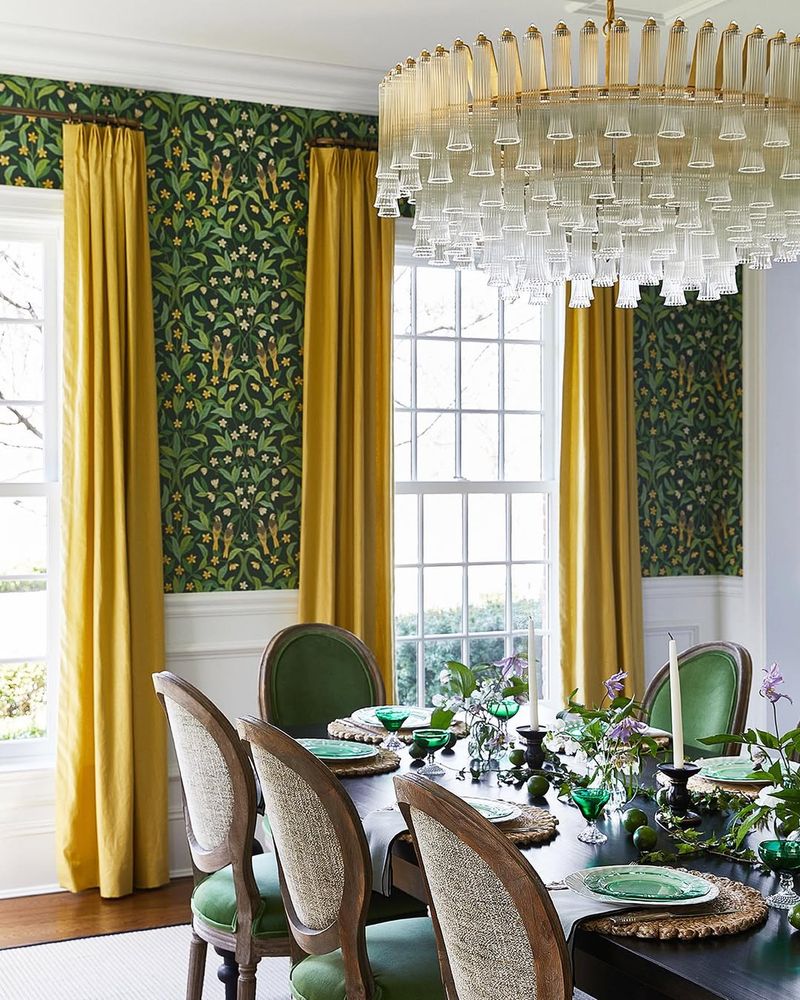
Window treatments should unify a space, yet inconsistencies can cause disarray. Mismatched styles and colors disrupt harmony, leading to confusion. Coordinated treatments ensure cohesiveness, enhancing the flow and elegance of any room.

